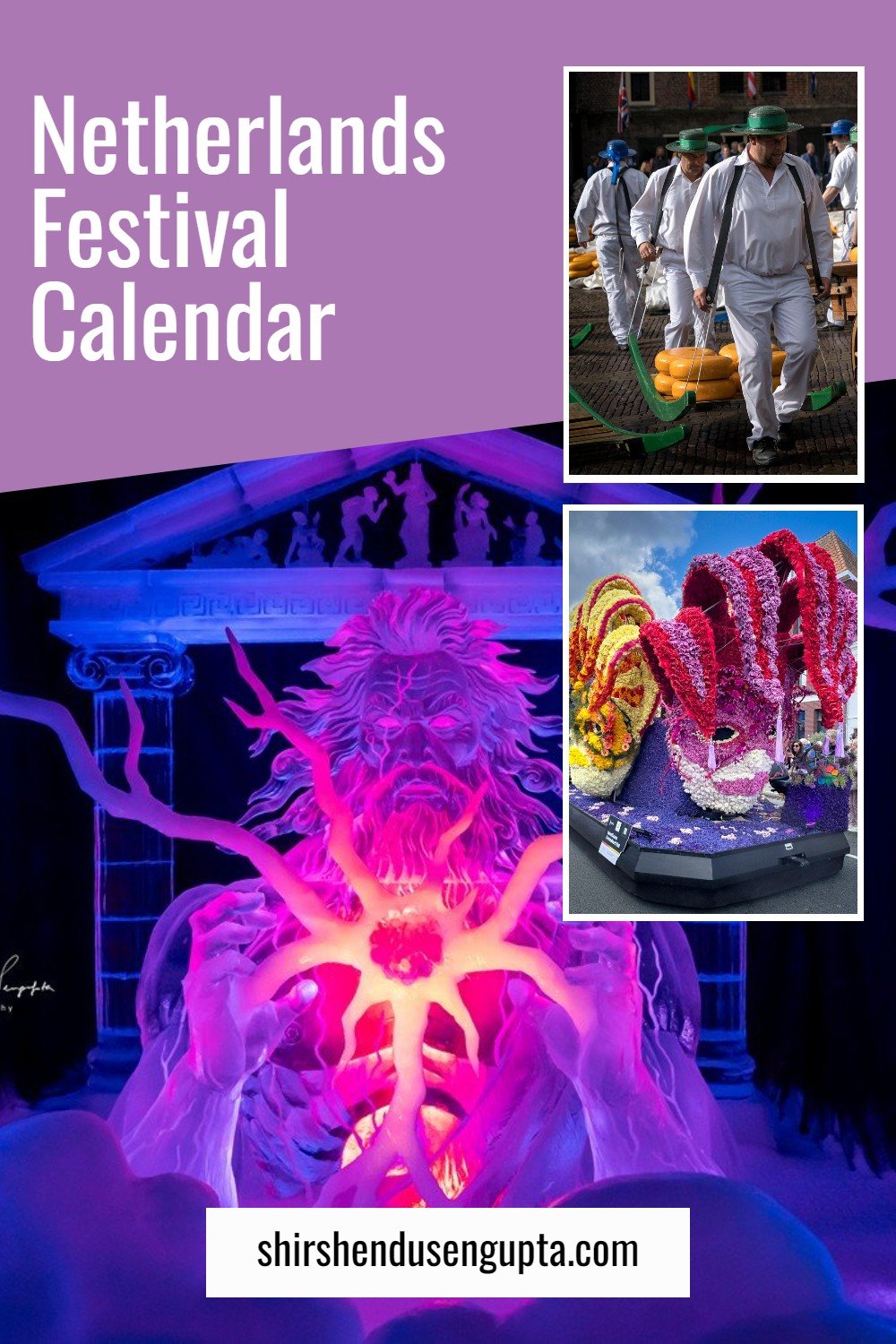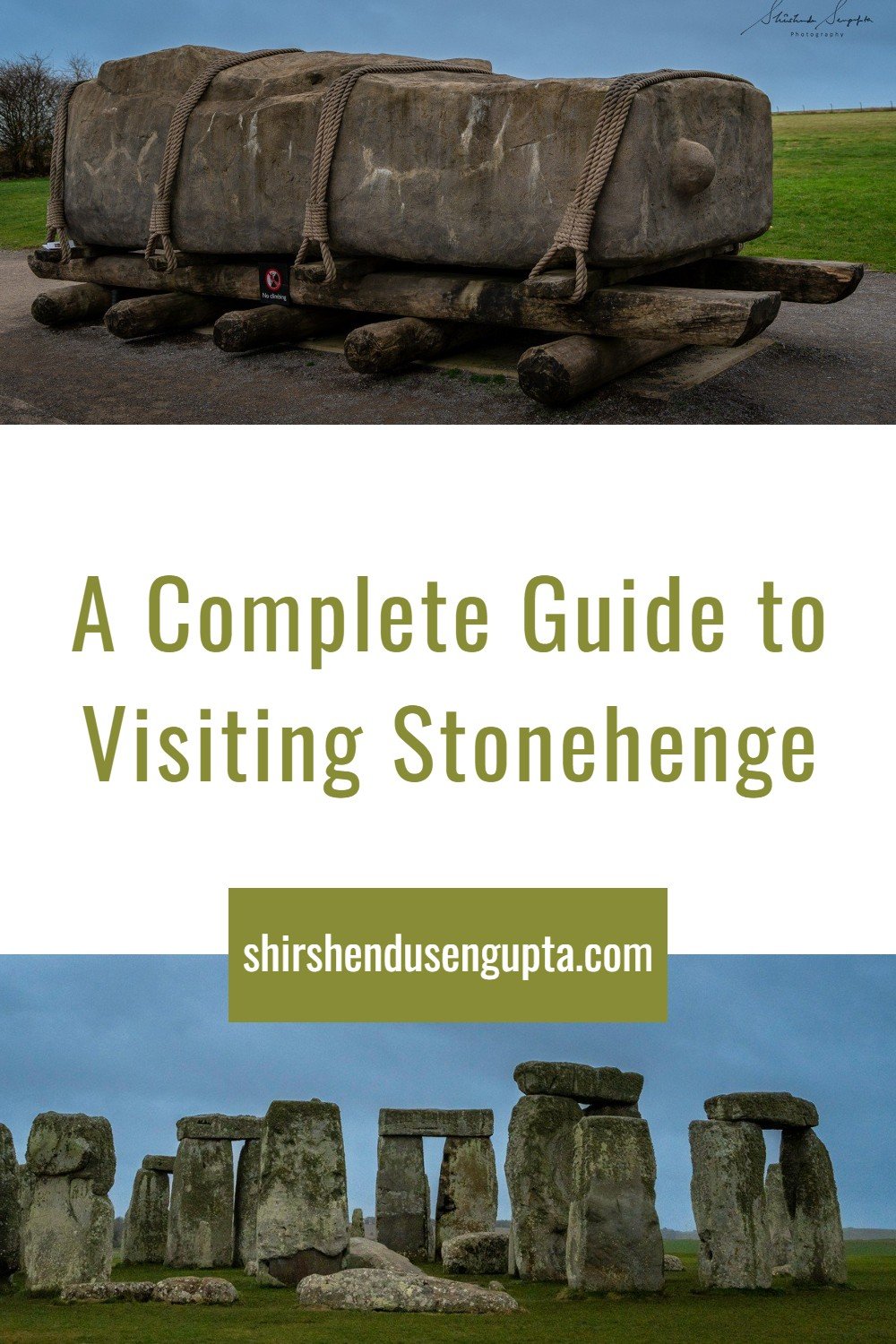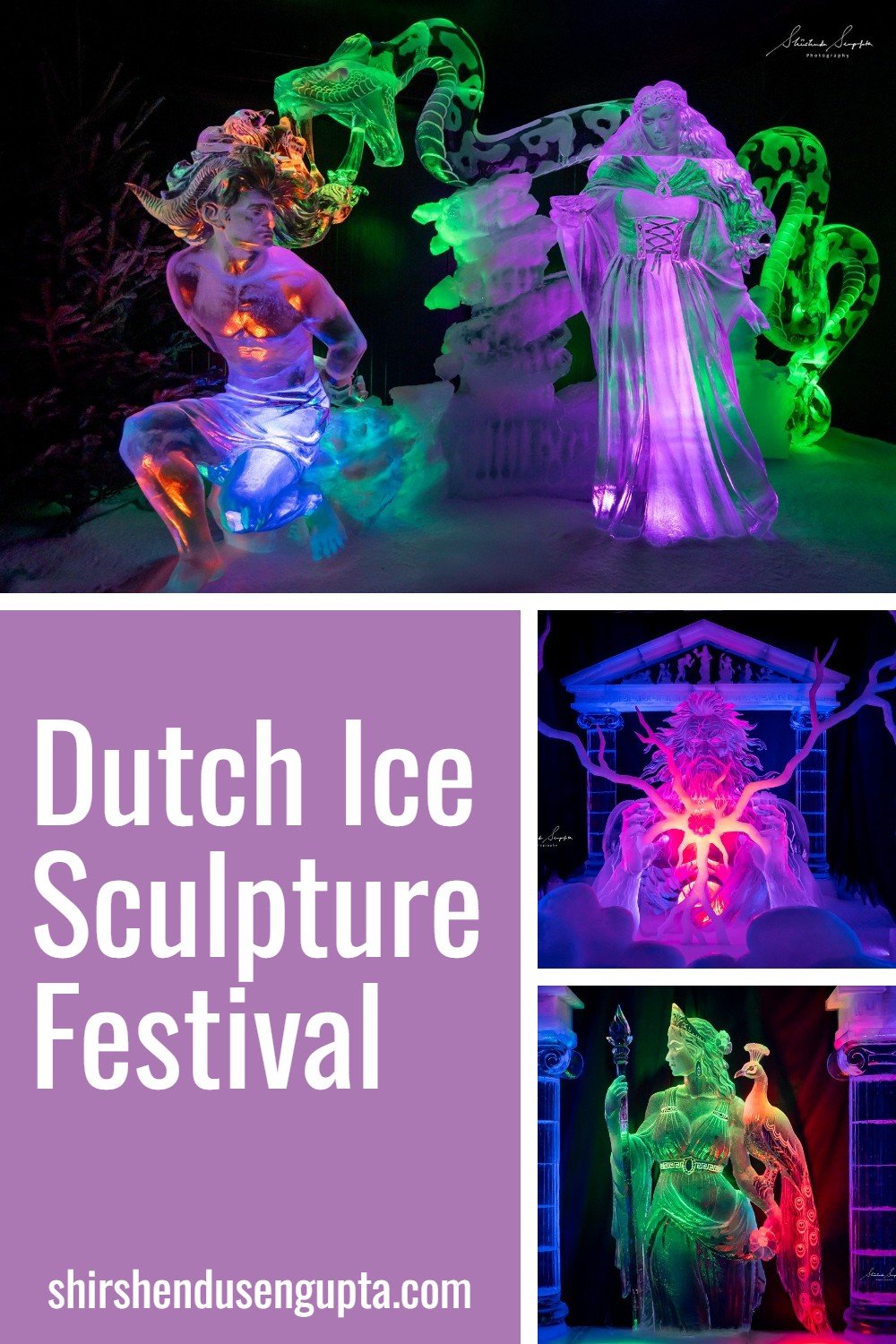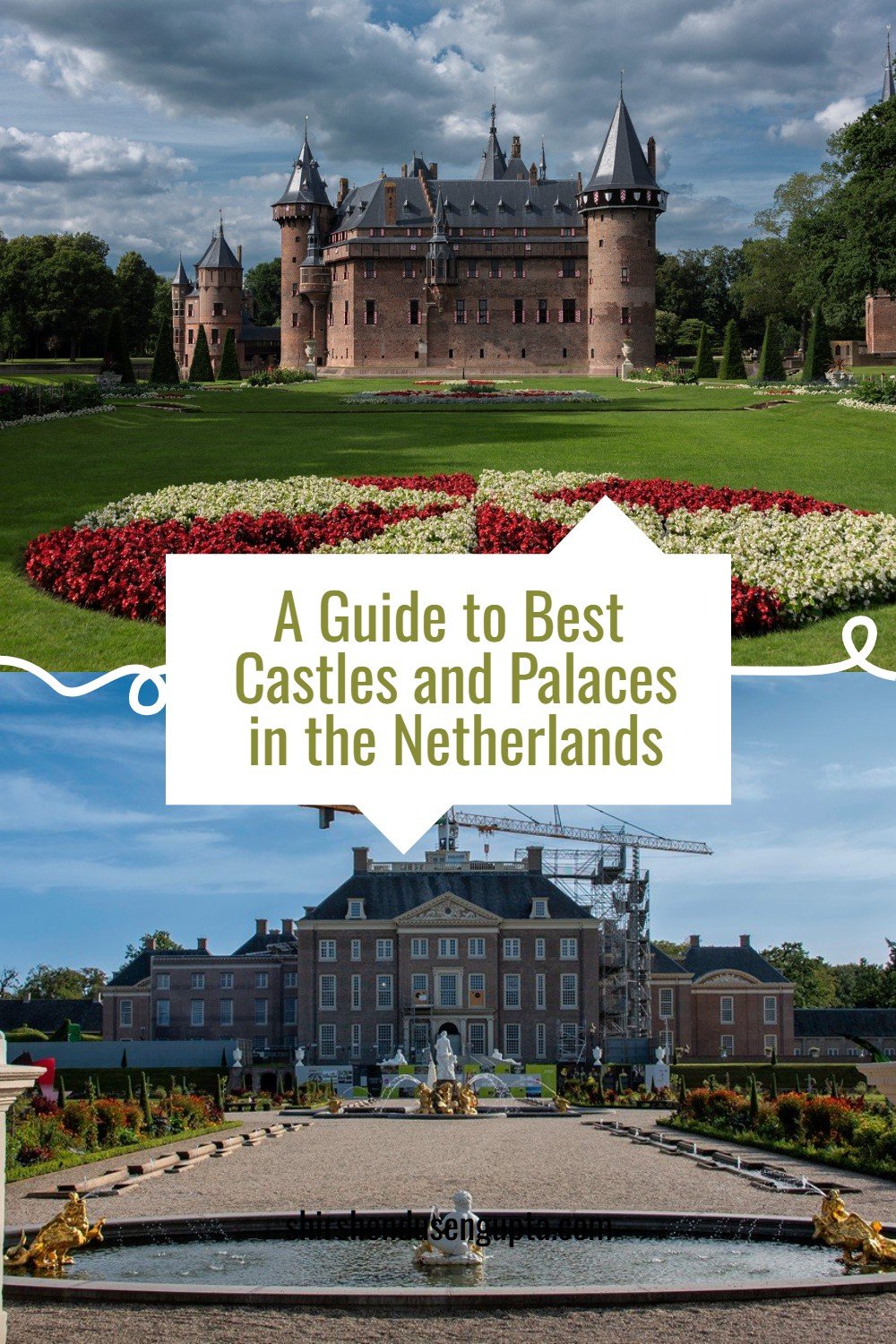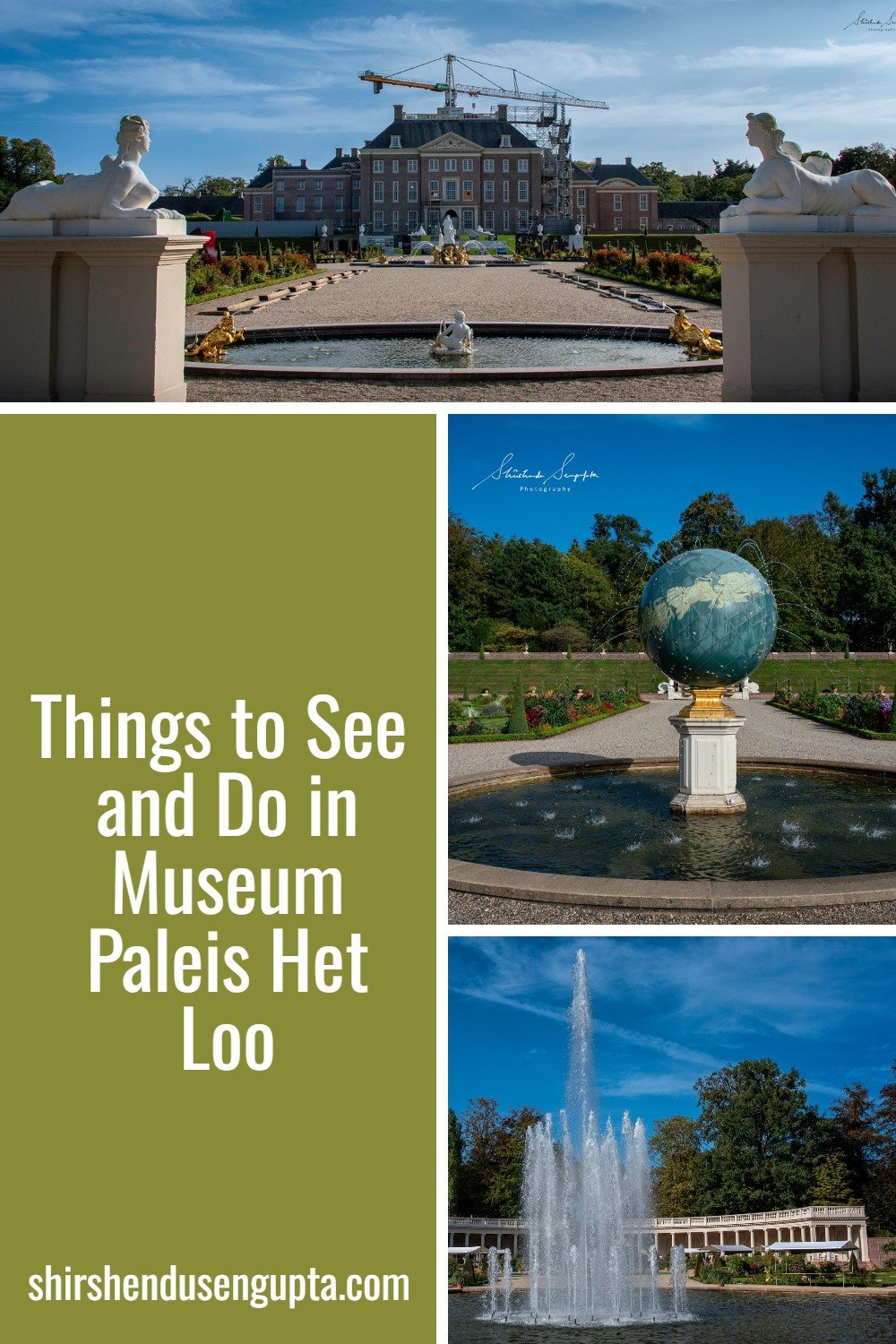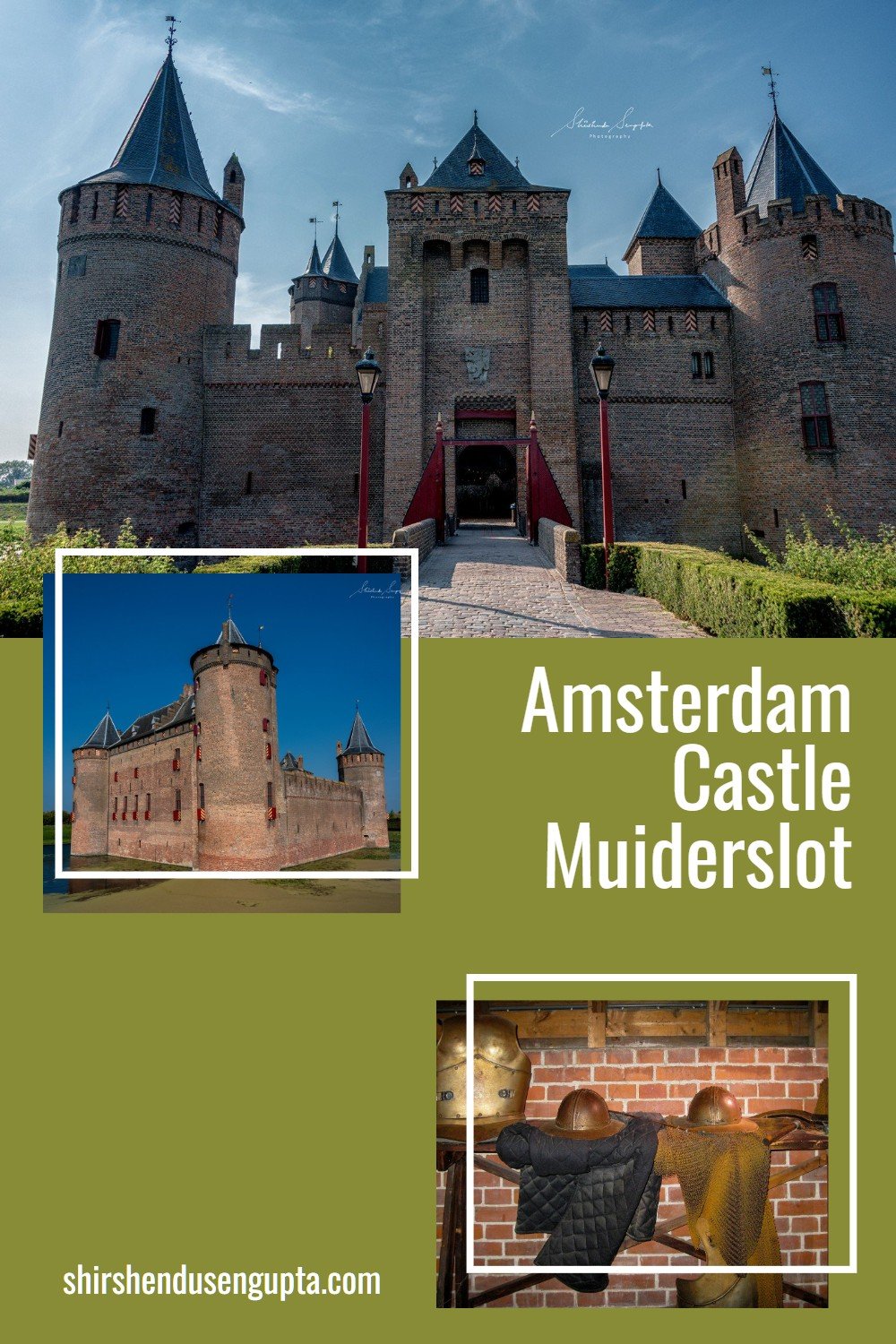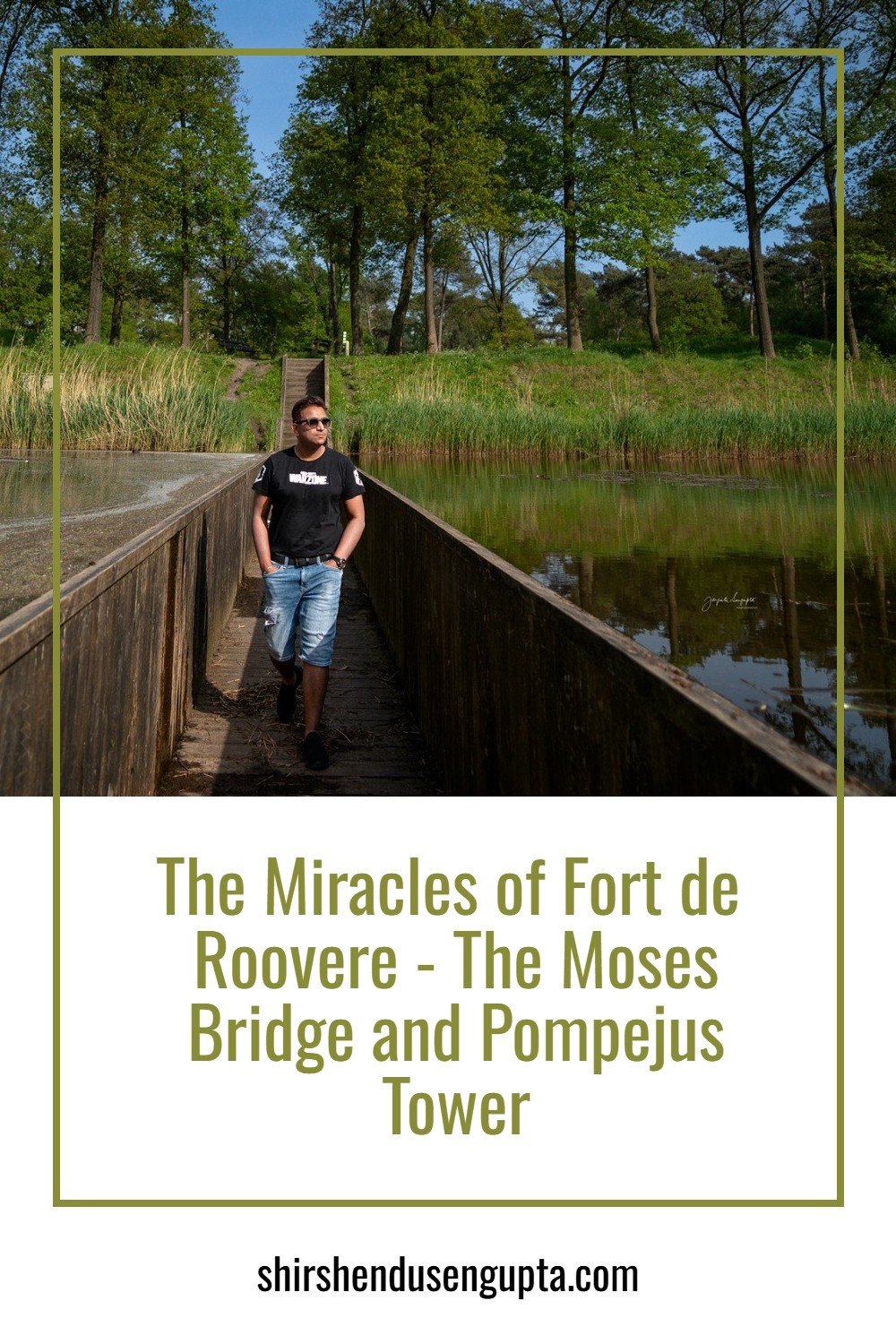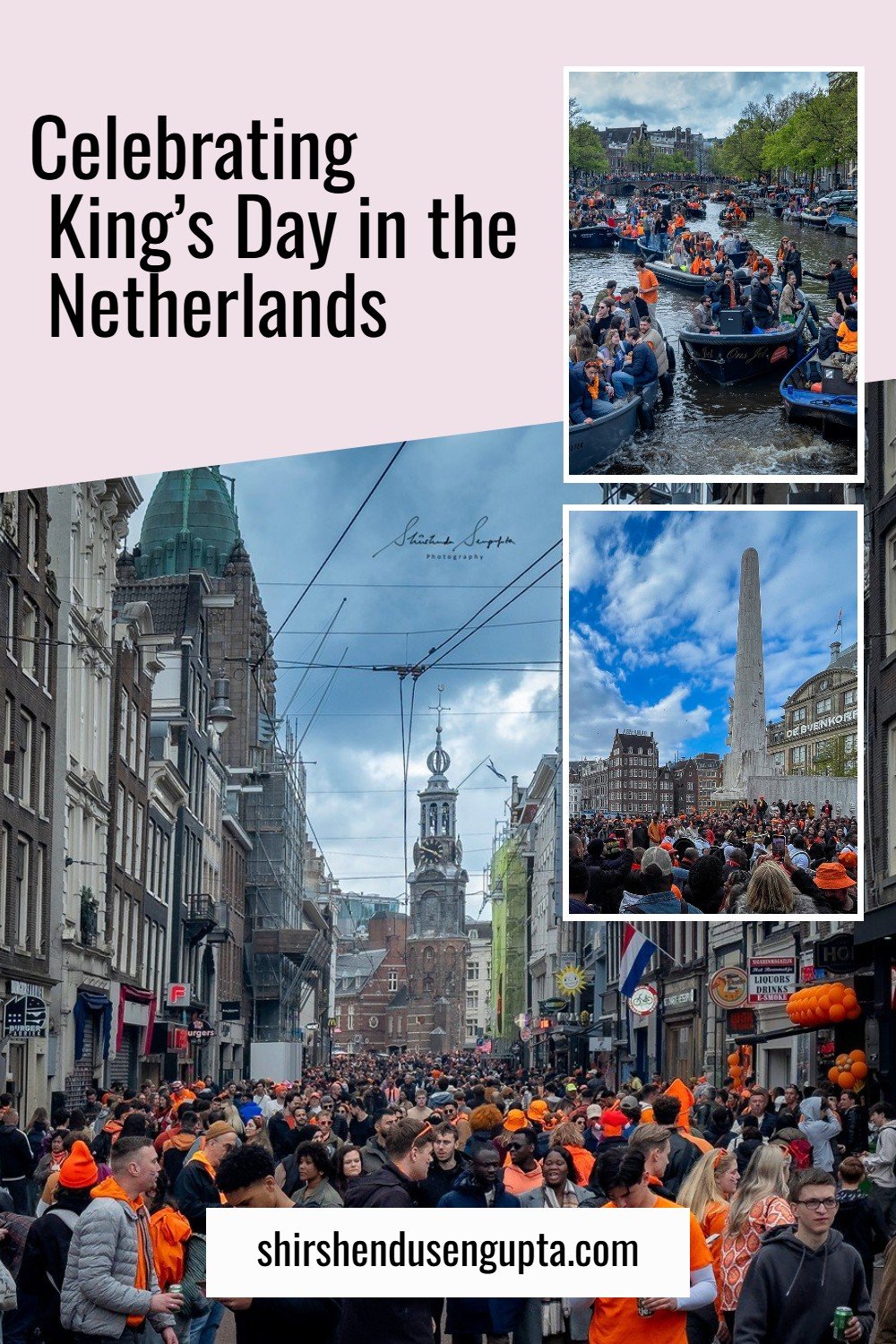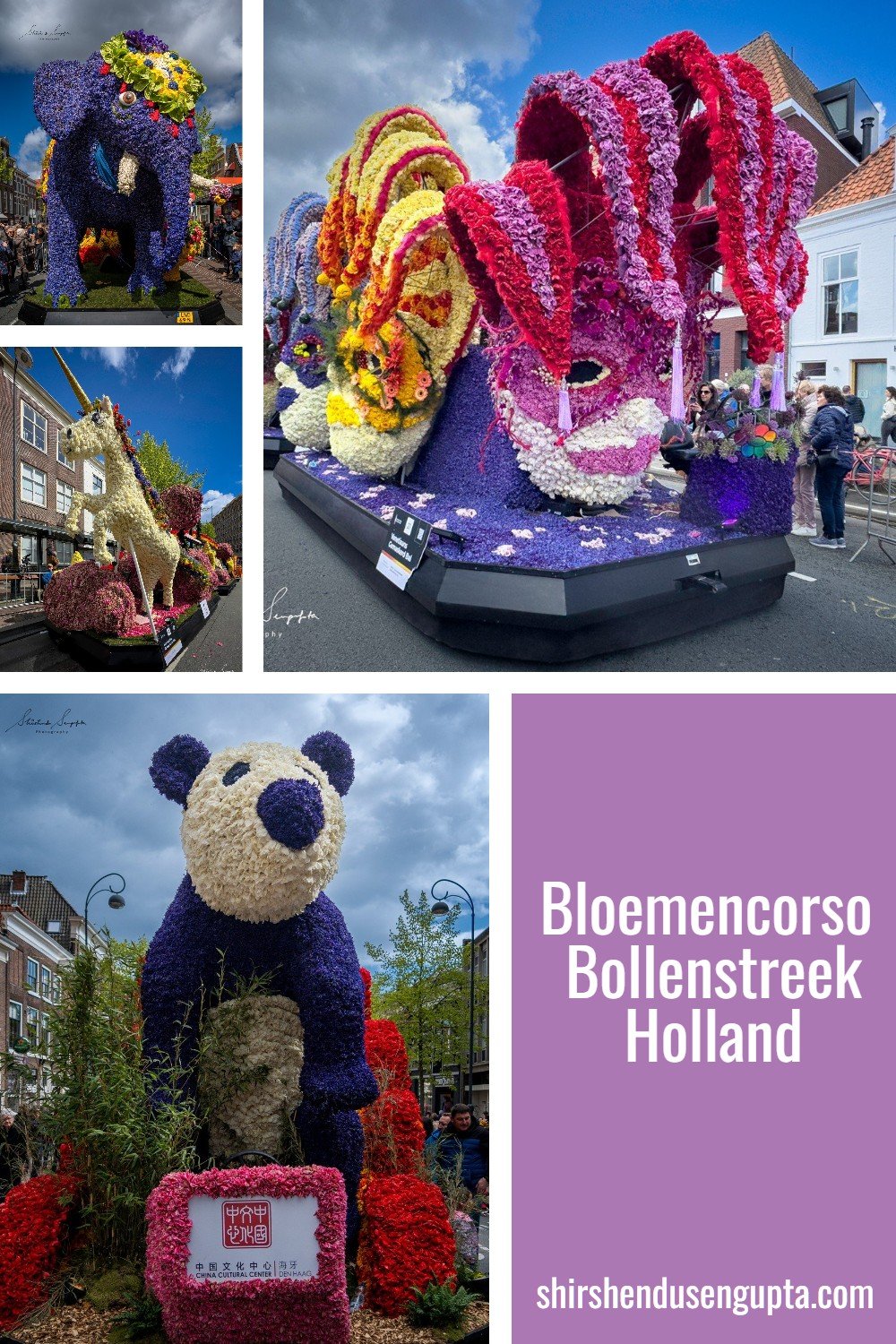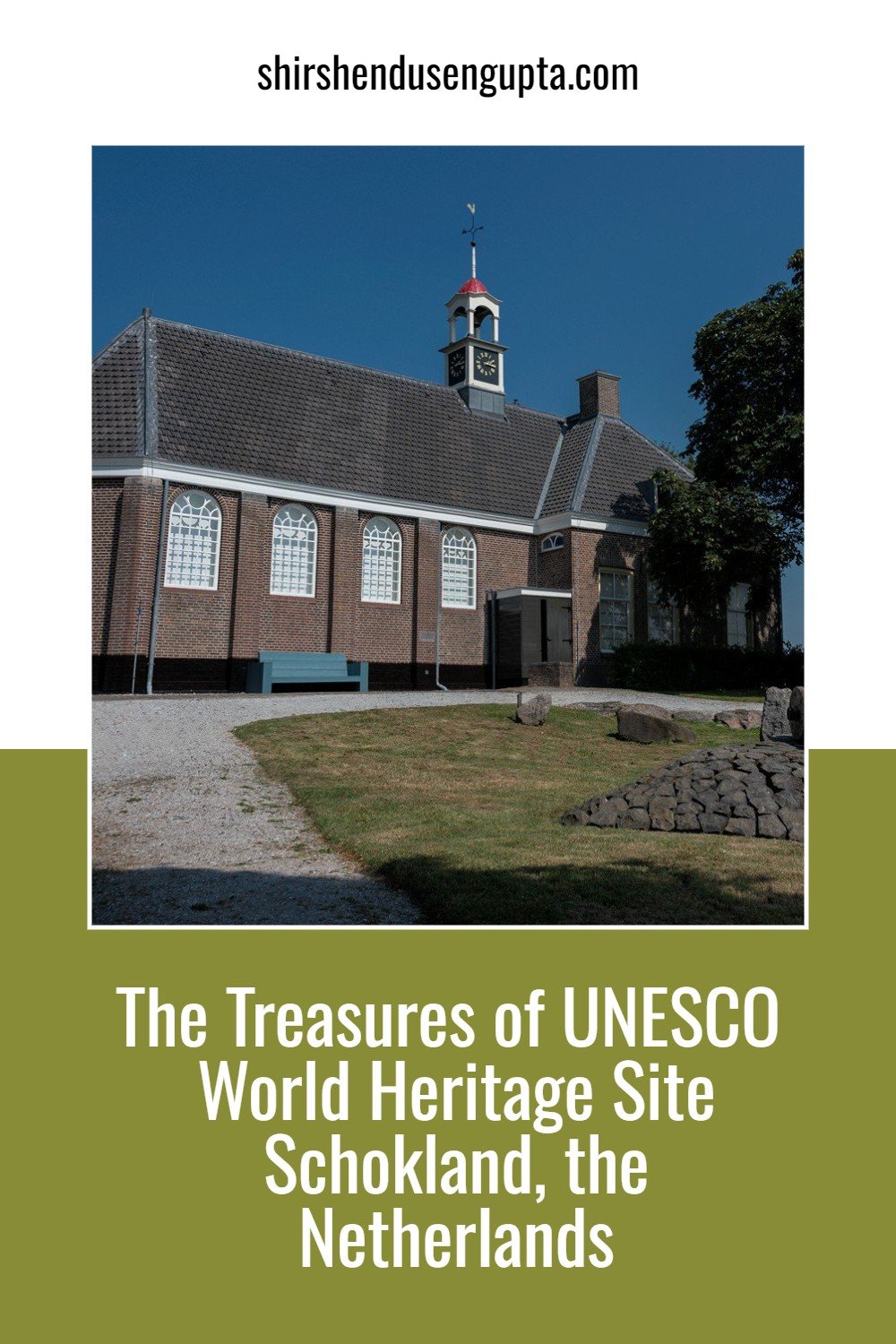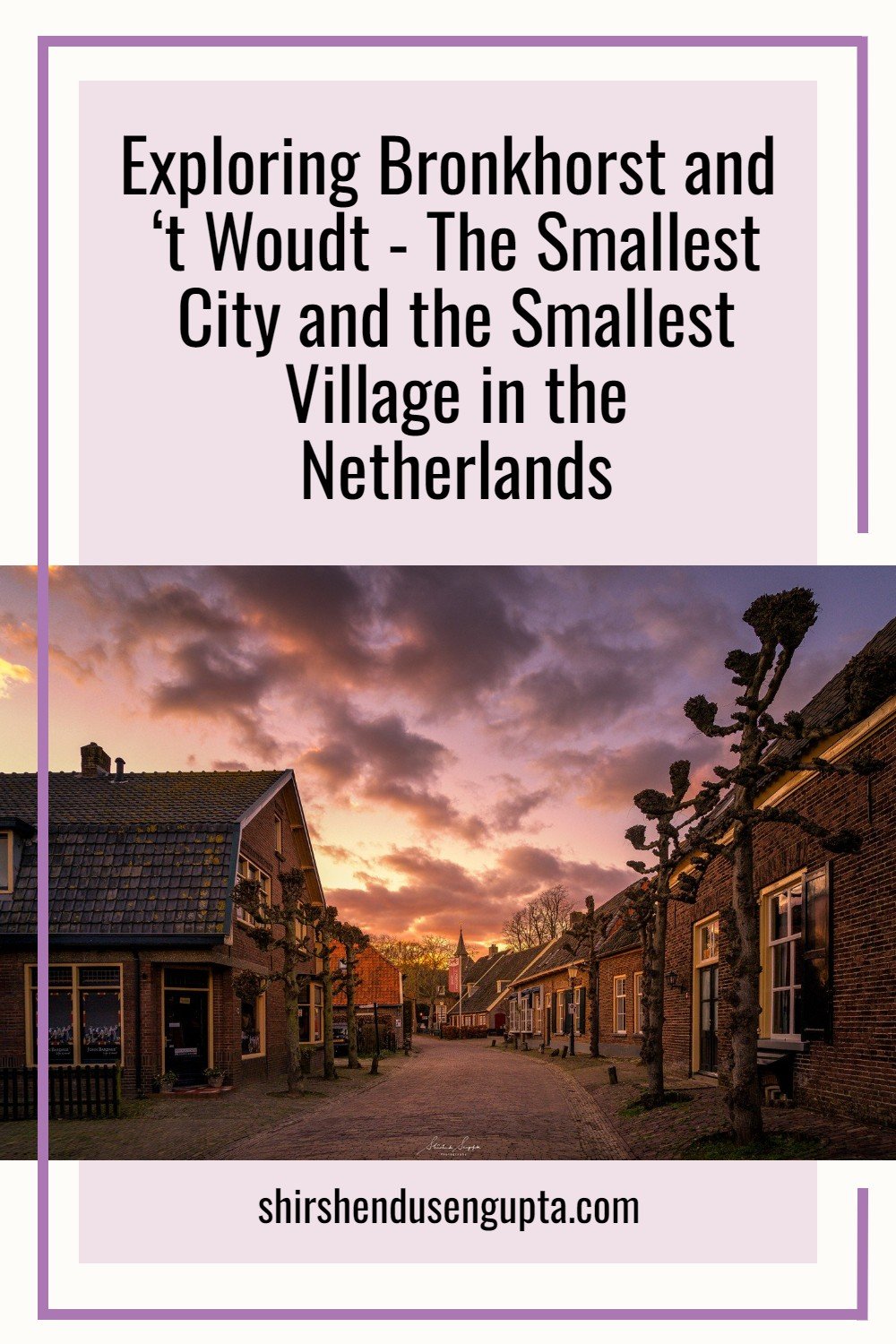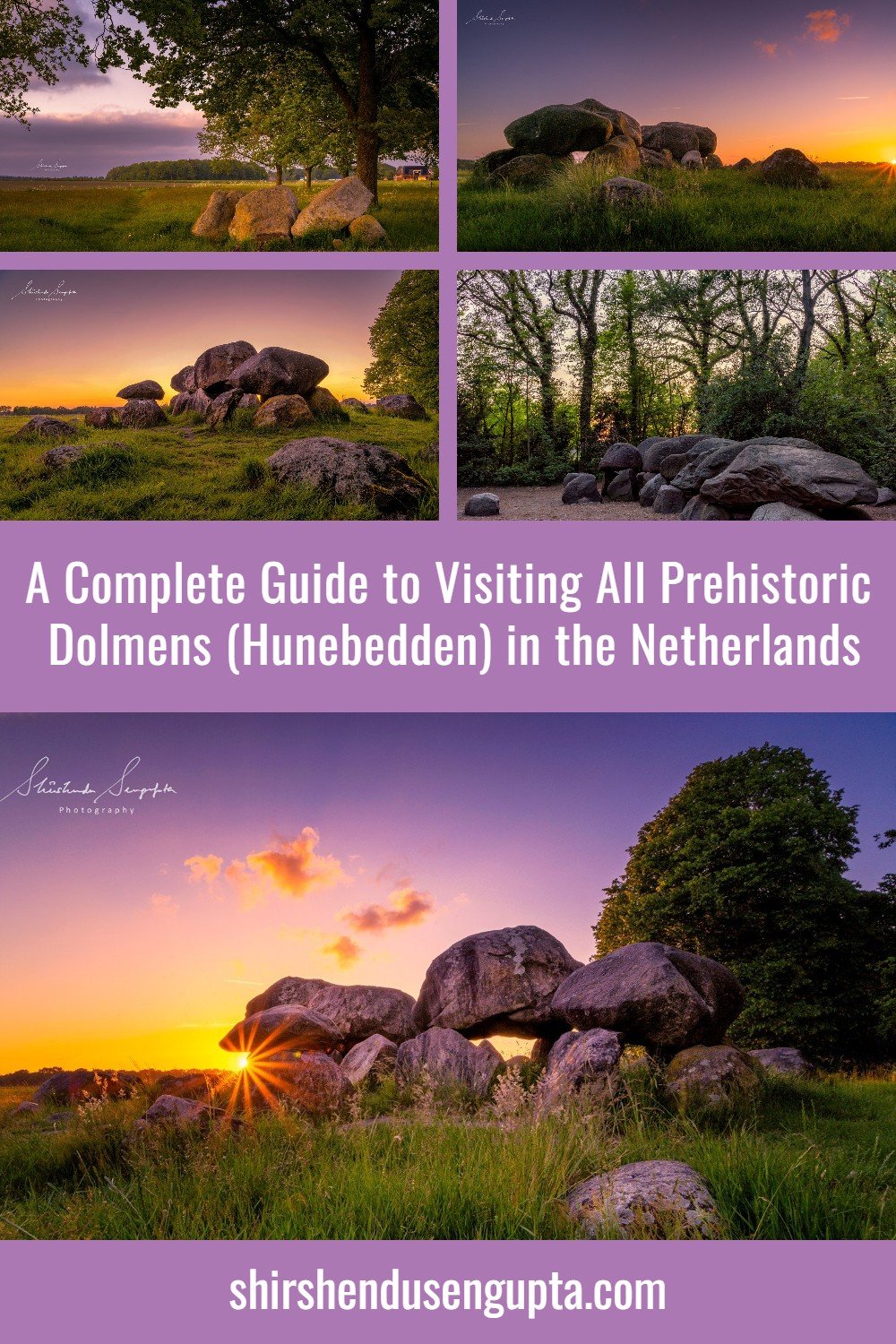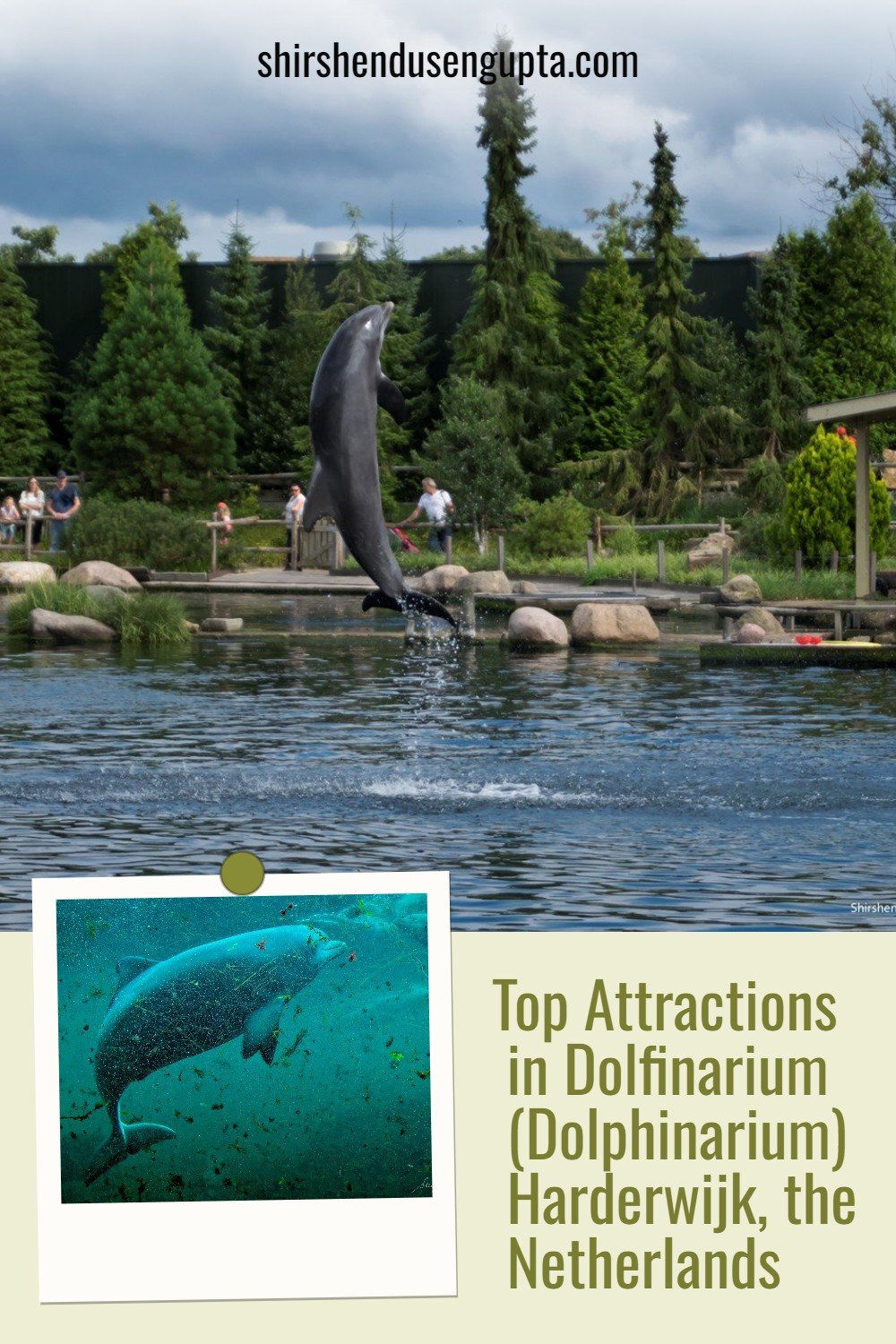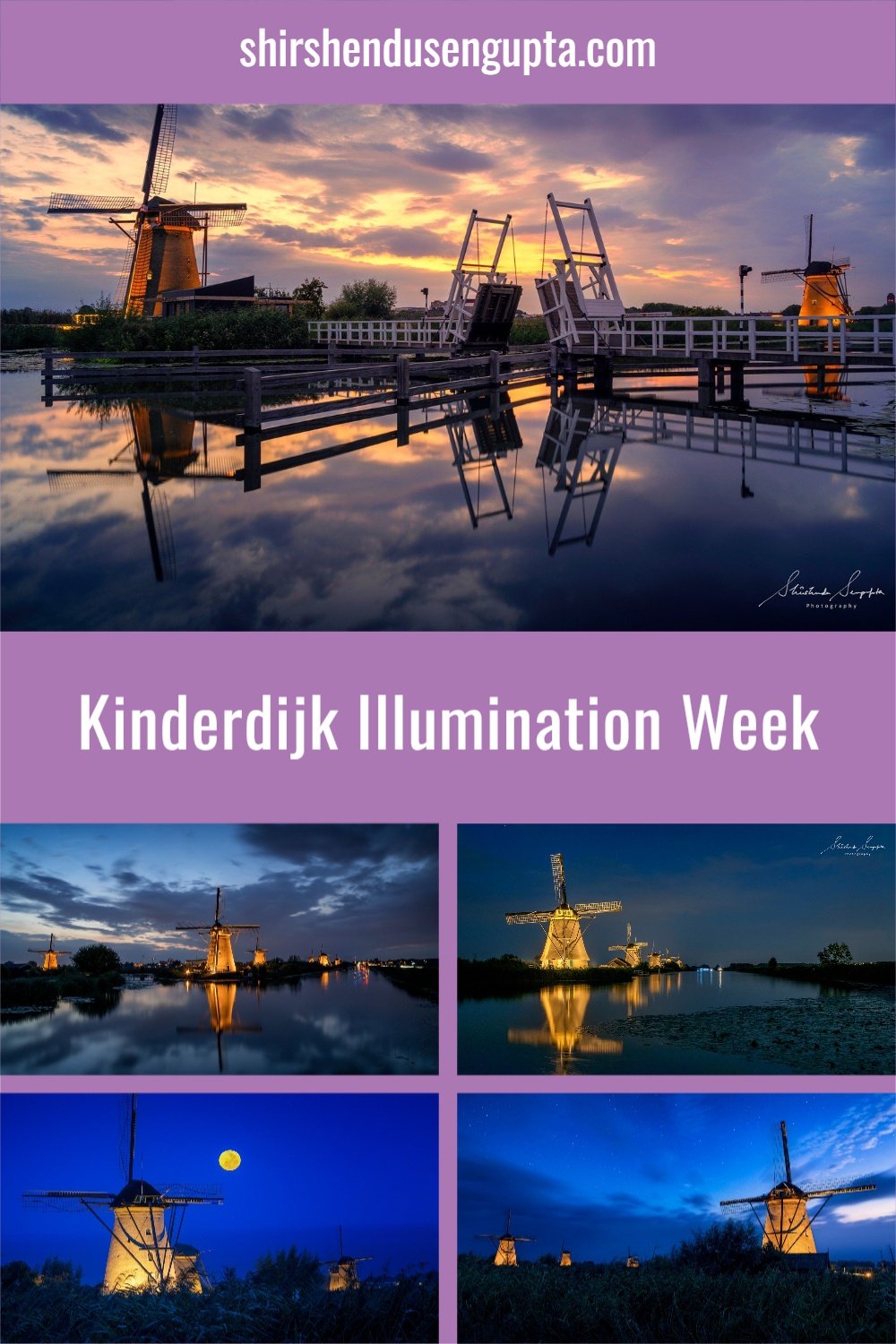The Mysterious Kelpies of Helix Park in Falkirk | A Tour of Scotland’s Monumental Tribute to Myth, Industry, and Majesty
Prologue
During a magical Christmas, we embarked on an unforgettable adventure, The British Isles in 2 Weeks | 4000 km Road Trip across Great Britain (England, Scotland, Wales) and Ireland (Republic of Ireland, Northern Ireland) from the Netherlands | Itinerary, Tips, and Tricks. What began as a simple plan soon turned into one of the most extraordinary journeys of our lives - a blend of coastal drives, medieval towns, misty castles, and heartwarming encounters that revealed the true soul of these storied isles. Every mile brought a new landscape, every turn whispered a new story, and every city left behind a piece of our hearts. So, based on our experience, today I’m going to take you along with me on a time travel across Scotland’s monumental tribute to myth, industry, and majesty. Let the journey begin!
What are the Kelpies?
Towering 30 meters (100 feet) above the Forth and Clyde Canal in central Scotland, and weighing more than 300 tonnes each, The Kelpies are the largest equine sculptures in the world. These twin horse-head statues, designed by Scottish sculptor Andy Scott, stand as a modern tribute to Scotland’s rich mythological and industrial heritage. Unveiled in 2014, The Kelpies have since become a symbol of the country's artistic spirit, a beacon of local pride, and one of Scotland’s top visitor attractions. But these aren’t just horse statues. They are living steel metaphors, part myth, part machinery, and entirely mesmerizing!
The Legend of the Kelpies and its connection with Scottish Industrial History
In Scottish folklore, a “Kelpie” is a dangerous shape-shifting water creature with the strength of 100 horses. The kelpies appear to their human victims as a grey or white horse, entice them to ride on their back, and then carry them down to a watery grave. But the kelpie's tremendous strength can be used to tow heavy items or safely transport people if it is caught with a magic bridle. Some folktales claim that the kelpie may also change its shape and assume the form of a human, generally a man, with distinctive seaweed in his hair or hooves in place of his hands. However, not all kelpie stories are sinister. Some versions portray them as protective spirits or guardians of waterways, symbolizing the untamed power of nature and the thin line between wild beauty and raw danger. These tales served as moral and cautionary stories, told to children to warn them about the perils of venturing too close to deep or fast-moving waters, especially in Scotland’s harsh and often unpredictable landscape.
However, the Kelpies we are talking about are more than just Scottish legends; they’re symbolic guardians of Scotland’s industrial heritage. In the 18th and 19th centuries, Scotland underwent a period of rapid industrialization that reshaped both its landscape and identity. Cities like Glasgow, Dundee, and Falkirk became epicenters of coal mining, steel production, shipbuilding, and textile manufacturing. Central to this growth was the development of Scotland’s vast canal network, with the Forth and Clyde Canal and the Union Canal playing key roles in transporting raw materials and goods between east and west. Before the age of railways and engines, the heavy lifting, quite literally, was done by horsepower. Specifically, Clydesdale horses, native to Scotland, were bred for strength and stamina. These majestic creatures plowed fields, hauled barges, moved timber, and powered mills. They were the unsung heroes of the Industrial Revolution, driving forward Scotland’s economy, one heavy load at a time.
The Construction of The Kelpies
The idea for The Kelpies was born in the early 2000s as part of the Falkirk Helix Park development project, an ambitious effort to rejuvenate the industrial heartland of Falkirk. Once a powerhouse of iron production (home to the famous Carron Company, where the original "Carronade" naval gun was forged), Falkirk faced economic decline in the 20th century. The Helix project, of which The Kelpies are the centerpiece, represents a rebirth, turning a once-industrial area into a vibrant space for tourism, recreation, and community connection. Andy Scott, a sculptor renowned for transforming steel into powerful expressions of cultural identity, was commissioned to create a public artwork that would serve as both a centerpiece and a cultural statement.
A symbolic location was chosen for The Kelpies - beside the Forth and Clyde Canal, which once served as a vital artery of trade and movement across Scotland. Inspired by Scotland’s working horses , particularly the Clydesdales (modeled on two real horses Duke and Baron), who once powered agriculture and hauled barges along the country’s canal systems, Scott envisioned a pair of colossal horse heads, infused with the essence of the mythical kelpies. His goal was not only to celebrate Scottish folklore but also to honour the unsung heroes of the nation’s industrial era - the horses that built Scotland, field by field, stone by stone, and canal by canal. He designed the steel giants to symbolize strength, transformation, and energy and represent how the power of heavy horses was harnessed in agriculture, forestry, construction, transportation, road haulage, and wars, which contributed to the development of the Scottish economy and shaped the geographical layout of Falkirk.
Designing The Kelpies was a feat that merged art, engineering, digital modeling, and the kind of creative ambition rarely seen in public sculpture. Scott began with a series of detailed sketches and 1:10 scale maquettes (small clay and metal models) that helped visualize the dynamics of the final structure. Using 3D laser scanning, the maquettes were digitally captured in ultra-fine detail. The scans were then processed through computer-aided design (CAD) software to generate digital plans for every component. Engineers analyzed these scans to determine the optimal internal structure, an intricate steel frame that could withstand Scotland’s wind, weather, and time.
Fabrication was entrusted to SH Structures, a Yorkshire-based specialist engineering company. Constructing the Kelpies onsite began in June 2013. The internal steel frameworks were built first, forming the massive bones of each Kelpie. Over 18,000 individually designed stainless steel plates, each laser-cut and numbered, were then welded in place like an immense metallic jigsaw puzzle. The result was a shimmering, textured surface that seems to shift and come alive with changing light. The sculptures were officially completed in April 2014 and opened to the public as the centerpiece of The Helix Park.
What to do at The Kelpies
There’s much more to do at The Kelpies than simply admire the artwork, though the sheer scale and detail of the sculptures are mesmerizing up close. Join a guided tour to learn about the engineering and folklore behind the sculptures, and even step inside one of them to see how these giant structures were built. The surrounding Helix Park is a haven for outdoor lovers, with scenic walking and cycling trails, a lagoon, play areas for children, and wide green spaces perfect for picnics. You can enjoy a leisurely stroll along the canal, spot local wildlife, or rent a bike for a longer adventure. The visitor centre offers informative exhibits, a gift shop, and a cosy café with fantastic views. Whether you're visiting by day or night, The Kelpies deliver an unforgettable experience that combines art, history, and nature.
Visiting The Kelpies during winter (like we did) transforms this iconic Scottish landmark into a magical wonderland. The experience becomes even more enchanting as the sculptures are beautifully illuminated, their metallic surfaces shimmering against early sunsets and frosty skies. One of the highlights of the colder months is the seasonal ice-skating rink that opens nearby, inviting families, couples, and friends to glide and twirl under the shadow of the Kelpies. Skating here feels surreal, especially when the Kelpies light up in soft blues, purples, and silvers, creating a stunning backdrop for a wintry adventure. Warm up afterwards with hot drinks and seasonal treats from the visitor café. When we were there, we spent time chatting and drinking coffee at -8 degrees, while my son Ricky tried some ice skating.
Visiting The Kelpies
Opening Hours: The Kelpies are accessible 24 hours a day, 7 days a week, allowing visitors to admire these majestic sculptures at any time. The Helix Visitor Centre operates daily from 9:30 AM to 5:00 PM between April and October, and from 9:30 AM to 4:00 PM between November and March. For detailed tour times and any seasonal variations, it's advisable to check the official website below before your visit.
Address: The Kelpies are located at The Helix, Falkirk, FK2 7ZT, Scotland, United Kingdom. Situated between Falkirk and Grangemouth, this location is easily accessible by car, public transport, or on foot.
GPS Coordinates: 56.0200° N, 3.7520° W. These coordinates will guide you directly to The Helix Park, where The Kelpies stand as a prominent feature.
Parking: The Helix Park provides ample parking facilities for visitors. The main car park is conveniently located near The Kelpies, with additional overflow parking available during peak times. Parking fees may apply, so it's recommended to check the latest charges on the official website below before your visit. Accessible parking spaces are also available for those with mobility needs.
Public Transport: If you do not want to drive, you can also reach The Kelpies via public transport by taking a train to Falkirk Grahamston station. From there, local bus services or taxis can transport you to The Helix Park. Bus routes are subject to change, so it's advisable to consult current timetables and routes before planning your journey.
Best time in the year to visit: The Kelpies are a year-round attraction, each season offering a unique experience. Spring and summer provide lush greenery and longer daylight hours, ideal for picnics and outdoor activities. Autumn brings vibrant foliage, creating a picturesque backdrop. Winter visits are particularly enchanting, as the sculptures are illuminated after dusk, offering a magical viewing experience. Evening visits during any season allow you to witness the stunning light displays.
Dress Code: There is no formal dress code for visiting The Kelpies; however, comfortable attire is recommended. Wear weather-appropriate clothing, as the site is predominantly outdoors. Sturdy footwear is advisable for walking around the park's paths. During colder months, layering is key to staying warm, especially if you plan to visit in the evening when temperatures drop.
Food and Drinks: The Helix Visitor Centre houses a café offering a selection of hot and cold beverages, snacks, and light meals. Outdoor seating is available, allowing visitors to enjoy refreshments with views of The Kelpies. Additionally, during weekends and peak times, the Horsebox Café operates near the sculptures, providing quick bites and drinks. Picnic areas are also available for those who prefer to bring their own food.
Photography/Videography: Photography and videography are encouraged at The Kelpies, with the sculptures offering striking visuals both day and night. Tripods and drones may be subject to restrictions, so it's best to consult the park's guidelines or contact the visitor centre for specific regulations. Capturing the illuminated Kelpies after sunset provides particularly stunning images.
Accessibility: The Helix Park is designed to be accessible to all visitors. Paved paths accommodate wheelchairs and strollers, and accessible parking spaces are available close to The Kelpies. The Visitor Centre includes accessible restrooms and facilities. For specific accessibility needs or assistance, it's recommended to contact the park in advance to ensure a comfortable visit.
Pets: Dogs are welcome at The Helix Park, provided they are kept on a leash. Owners are expected to clean up after their pets to maintain the park's cleanliness. However, pets are not permitted inside the Visitor Centre or on guided tours of The Kelpies. It's advisable to check the park's pet policy before your visit.
Reservations: While general access to The Kelpies and The Helix Park is free and does not require reservations, guided tours inside the sculptures necessitate advance booking, especially during peak seasons. It's advisable to secure your spot online through the official Helix website below to ensure availability. Group tours, private tours, and school visits should be arranged at least two weeks in advance. Bookings can be modified if plans change, but refunds are not typically offered. For premium experiences like The Kelpies Experience, which includes an aerial climb, pre-booking is essential due to limited slots.
Guided Tours: Guided tours offer an immersive experience inside The Kelpies, revealing the intricate engineering and rich symbolism behind these monumental sculptures. Tours operate daily, with timings varying seasonally: from April to October at 10:30, 11:30, 13:30, 14:30, and 15:30; and from November to March at 10:30, 12:30, and 14:30. Each tour lasts approximately 25 minutes and is led by knowledgeable guides who share insights into the design and construction of The Kelpies.
Website: For up-to-date information on opening hours, ticket prices, and special events, please visit the official Helix website thehelix.co.uk
Epilogue
Visiting The Kelpies is not just about looking at sculptures; it’s about stepping into a space where art, history, and innovation collide in a magnificent way. From their awe-inspiring size to their deep cultural roots, The Kelpies offer a profound experience that resonates with people of all ages and backgrounds. Whether you’re there for the engineering marvel, the mythological connection, or simply to experience Scotland’s spirit, The Kelpies stand as a powerful symbol of Scotland’s past, present, and future.
Please let us know in the comments below if you enjoyed reading this article. And if you want to read the day-by-day account of our 4000 km road run across all countries of the British Isles during Christmas, please visit our article The British Isles in 2 Weeks | 4000 km Road Trip across Great Britain (England, Scotland, Wales) and Ireland (Republic of Ireland, Northern Ireland) from the Netherlands | Itinerary, Tips, and Tricks. Until then, merry traveling and happy shooting!
Pin the article
Bookmark the article for reading later!
Want to license/buy photos in the article?
License photos for commercial/editorial use or buy photo prints!
Want us to write an article for you?
Articles for magazines, newspapers, and websites!
Watch our Videos
Check out our videos on our Youtube Channel!
Join the Newsletter
Get updates on our latest articles!
We respect your privacy. Read our policy here.




